Did Vikings Have Tattoos? Get The Real Facts
Explore body art inspired by the historic Norse warriors and their legendary battles.
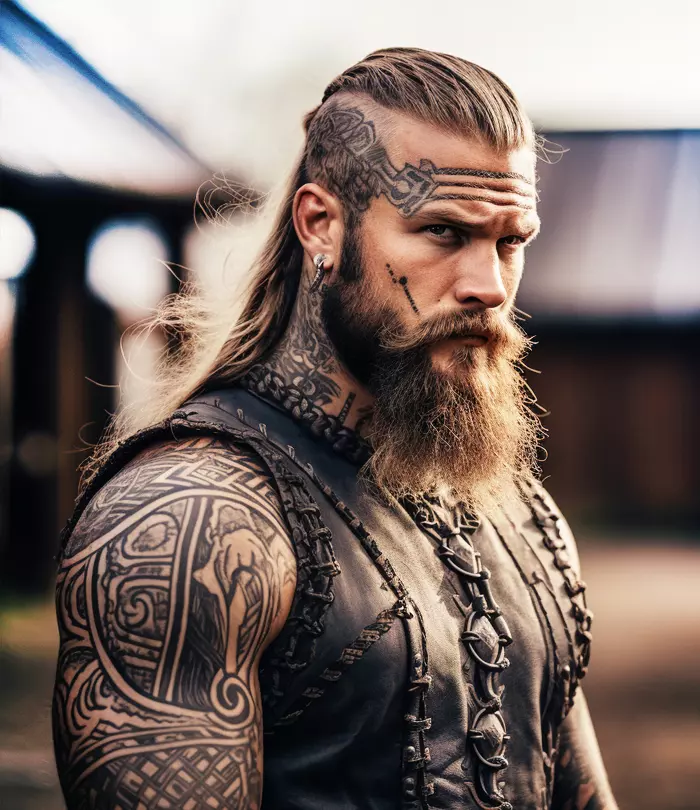
Image: Created with Midjourney
The tales of the daring Vikings of ancient Scandinavia have long captivated our imagination with their seafaring exploits and legendary sagas. While we often associate these Norse warriors with their distinctive horned helmets and fearsome reputation, today we attempt to answer a question that stems from popular culture around them. Did Vikings have tattoos? While most representations in popular culture seem to indicate so, unraveling the truth behind it will take us on a journey through the pages of history, myths, and sagas to decipher whether these seafaring adventurers actually adorned their bodies with ink. Join us as we delve into the fascinating world of the Vikings!
In This Article
Did Vikings Have Tattoos?
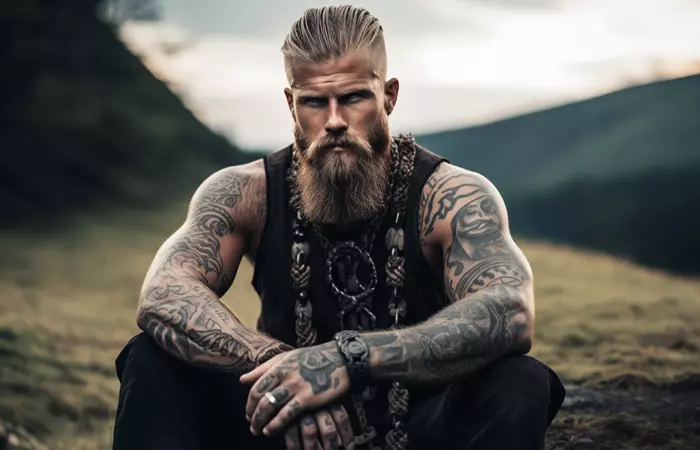
Whether Vikings adorned themselves with tattoos unveils a nuanced tale. While some historical evidence such as the literary work of Ahmad Ibn Fadlan, a scholar of Baghdad, suggests that certain Vikings may have had tattoos, the purpose behind the body markings remains a topic of debate. It is unclear whether these tattoos held ritualistic significance or served as personal adornments. It is believed that these inked symbols might have spiritual meaning, akin to tribal markers in other cultures. These tattoos featured unique patterns, trees, and symbols that may have been meaningful for different Viking tribes. The origins of tattooing among Vikings can be traced back to influences of cultural contact with the Anglo-Saxons and Normans. However, definitive evidence is lacking.
Despite the consensus that Vikings were likely tattooed, archaeological findings face challenges in confirming this in the absence of well-preserved Viking remains. While there are efforts to piece together this puzzle of Viking history, the significance of the prevalence of tattoos among the seafaring warriors remains intriguing yet elusive.
With popular portrayals such as those in the TV series Vikings, it is natural to wonder how accurate the representation of Vikings is in contemporary popular culture and how much of it is poetic license. The next section addresses it in detail.
Key Takeaways
- Vikings may have had tattoos but their purpose and nature are debated.
- Traditional Viking tattoos may have featured diverse symbols from Norse mythology such as those of Yggdrasil and Vegvisir, weaponry, and intricate patterns.
- The allure of Viking tattoos lies in the mystery surrounding the little known yet rich history of Norse culture and artistic expressions.
Are Viking Tattoos Historically Accurate?
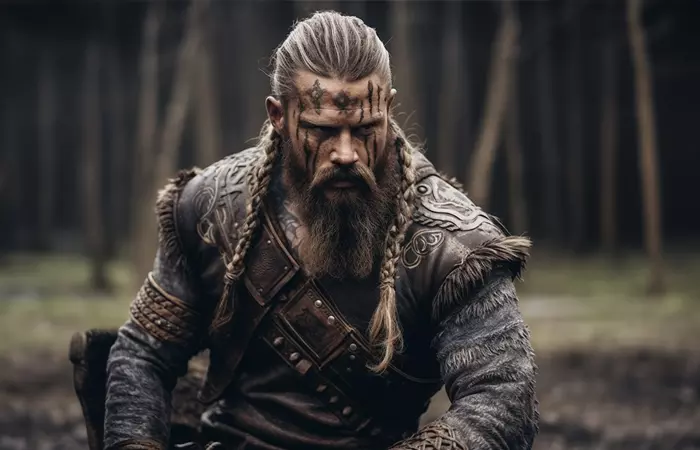
The historical accuracy of Viking tattoos is a bit uncertain due to limited Viking tattoo evidence. While it is believed that Vikings may have come across tattooing practices during their conquests in Northern Europe, concrete proof is elusive. Viking encounters with tattooed Anglo-Saxons in England in 793 AD might have influenced their tattoo practices.
Historical accounts, notably from Arab traveler Ahmad Ibn Fadlan, describe dark green tattoos on Viking traders, suggesting intricate patterns of trees and symbols. However, scholars debate whether this was a literal observation or a rhetorical device to portray Norsemen as savage.
The lack of well-preserved Viking remains with tattoos makes it challenging to confirm their tattoo practices definitively. The 10th-century account by Ibn Fadlan remains a notable but highly debated testimony of possible Viking tattoos. While it is tantalizing, it requires critical analysis within the broader context of Viking culture and history to ascertain any account as completely reliable. In general, most accounts should be read with a pinch of salt.
By most accounts, it is highly likely that Viking tattoos actually existed and are not just the stuff of lore. But how did they get them? Find out in the next section.
How Did Vikings Get Tattoos?

Even though hard evidence on Norse tattoo practices is lacking, it is likely that Vikings got tattoos based on the tattooing practices in Northern Europe that were extant before the Viking age. Broadly, they may have used the following ingredients:
- Inks
Inks were made from natural dyes such as ash, charcoal, kohl, and plant fibers, which possibly resulted in dark blue pigments. Ibn Fadlan mentioned green tattoos, but dark blue seems more plausible.
- Topical Anesthetics
Vikings were known to make painkillers and anesthetic salves from medicinal plants. It is possible they numbed the pain during and after tattoo sessions.
- Face And Body Paint
Face paint played a role in Viking rituals, from weddings to sacrifices. Gods in Viking art were often depicted with runes and symbols, suggesting priests and priestesses might have replicated these markings during rituals. The use of Viking war paint is debated, but some Vikings might have used paint, kohl, or even blood on their faces as an intimidation tactic in battles.
While hard evidence of Viking tattooing practices is lacking, how they might have tattooed themselves remains intriguing. Scroll down to learn more about their tattooing practices.
How Did Vikings Tattoo Themselves?
Evidence of the exact techniques used by Vikings to tattoo themselves is uncertain, but they probably used methods similar to other medieval tattoo artists. A needle or sharp implement may have been used to administer ash or a similar substance into the skin. This process is known as hand-tapping or hand-poking for tattooing wherein needles or sharp objects are used to administer the pigment into the skin.
While the absence of concrete evidence poses a challenge to provide a complete picture of how they went about it, we can still try to imagine what Viking tattoos may have looked like based on what we know about Viking beliefs and symbols. The following section takes us through some of them.
What Would Traditional Viking Tattoos Look Like?

Traditional Viking tattoo designs were likely a fascinating tapestry of symbols and imagery, reflecting the rich cultural and spiritual beliefs of these seafaring warriors. While pinpointing exact designs remains challenging, historical depictions suggest that Vikings may have adorned some of the motifs below:
- Yggdrasil
A popular choice of Viking tattoos today, it is the tree of life in Norse mythology, with enormous branches around which exist the nine realms of Norse cosmos, including Asgard where Gods such as Odin and Thor reside.
- Vegvisir
A compass symbol popular among Icelandic Vikings believed to guide individuals to their destiny. It is still popular today among Icelanders.
- Animals
Viking tattoos may have featured animals, indicating the Viking belief in spirit animals. For instance, an owl might symbolize Frigga, while a raven could represent Odin.
- Weaponry Symbols
Symbols such as Mjolnir (Thor’s hammer) and Gungnir (Odin’s spear) were likely popular among Viking warriors as they symbolized strength, protection, and divine power. Another powerful symbol was the axe, which represented both a tool and a weapon in Norse culture. An axe tattoo, therefore, can be a striking tribute to the resilience and might of the Viking spirit.
- Triskelion
The triple horn of Odin which symbolizes wisdom.
- Valknut
A common symbol found in Viking archaeological findings. It is associated with the cycle of life and death.
- Sun Wheel (Swastika)
A symbol of power and good luck in Norse mythology. Although it is less likely to be a common choice today due to its association with radicalization.
- Runes
Vikings may have used runes as tattoos, each with specific powers, such as protection, prosperity, or good luck.
- Helm Of Awe
An eight-armed symbol that represents mystery and power and is believed to provide spiritual fortitude and fearlessness in battle.
- Ouroboros
A serpent or dragon eating its own tail, symbolizing the eternal cycle of life and death and infinity.
- Troll Cross
A protective charm against evil spirits to ward off negative forces.
- Web Of Wyrd
In Norse mythology, it represents the interconnectedness of life. It was woven by the three Norns who shaped destinies in the cosmos.
It symbolizes the adventurous spirit and seafaring legacy of the Vikings.
- Viking Warrior
It depicts the strength and bravery of Viking warriors that have become the stuff of legend now.
Today, you can see Viking tattoos in series like Vikings, where characters feature elaborate body art. These representations play a significant role in shaping modern perceptions of Viking tattoo aesthetics. Let us learn more about it in the following section.
Modern Representations Of Viking Tattoos
From the TV series Vikings, Ragnar Lothbrok’s head tattoos are pretty popular. Throughout the series, they went from being relatively small and simple, to covering almost his entire head and nape of the neck. Initially, he had a raven tattoo to showcase his connection with Odin from Norse mythology. As the seasons passed, Ragnar added more tattoos to his head. We could see a Viking shiphead and Yggdrasil on the left side and the sea of runes on the right. Such modern depictions often take creative liberties and are not supported by significant historical evidence. Contemporary tattoo artists draw inspiration from them, leading to the modern representations of Viking tattoos. These usually blend fantasy with Norse mythology.
While there is some historical evidence that suggests Vikings likely had tattoos, the exact nature and purpose of these markings continue to be debated among scholars. The lack of well-preserved Viking remains with tattoos adds to the challenge of definitively understanding their tattoo practices. As we navigate through the fragments of history and cultural practices, the allure of traditional Viking tattoos persists, leaving us with glimpses of a bygone era that sparks both curiosity and reverence. Exploring these historical mysteries can lead to fascinating tattoo facts that deepen our appreciation of ancient body art traditions.
Frequently Asked Questions
When did Vikings get tattoos?
The exact timeline is unclear, but tattooing likely existed in Northern Europe before the Viking age. Tattooing practices probably became a part of Viking culture after they encountered it in other cultures.
Did only certain Vikings have tattoos?
The presence of tattoos may not have been exclusive to certain Vikings. While the evidence is limited, tattooing was likely practiced among various members of the Viking society.
Did Viking women have tattoos?
Evidence on this is scarce, but it is possible that Viking women had tattoos. Face paint and body art were likely used by both male and female warriors. They may have also adorned them in various other aspects of Viking life, including spiritual rituals and ceremonies.
Illustration: Did Vikings Have Tattoos? Get The Real Facts
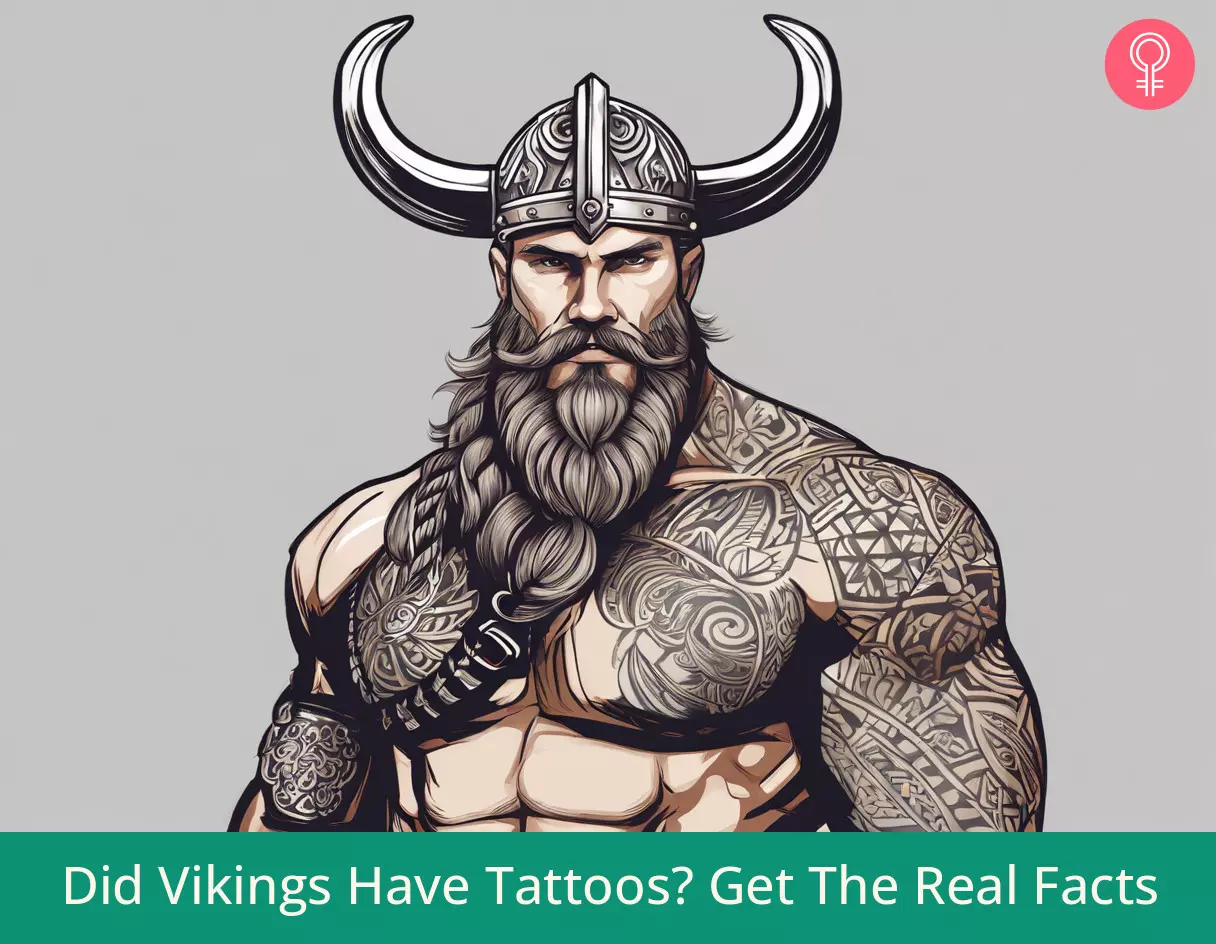
Image: Dall·E/StyleCraze Design Team
This YouTube video dives into the history and symbolism of Norse ink art. It tries to make a case for what is factual as opposed to what is fictional. Check it out to unlock the secrets of authentic Viking tattoos!
Read full bio of Rodrigo Casco
Read full bio of Manjari Uppal
Read full bio of Subhrojyoti Mukherjee
Read full bio of Joyce Joyson





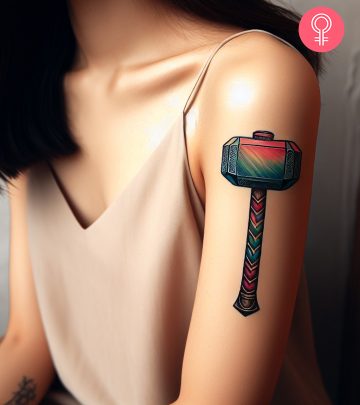
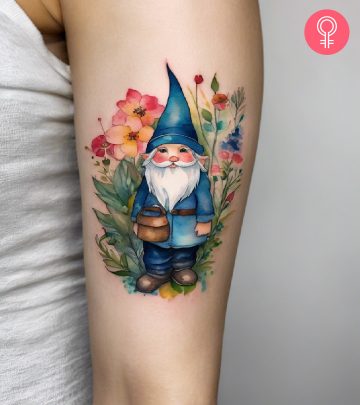


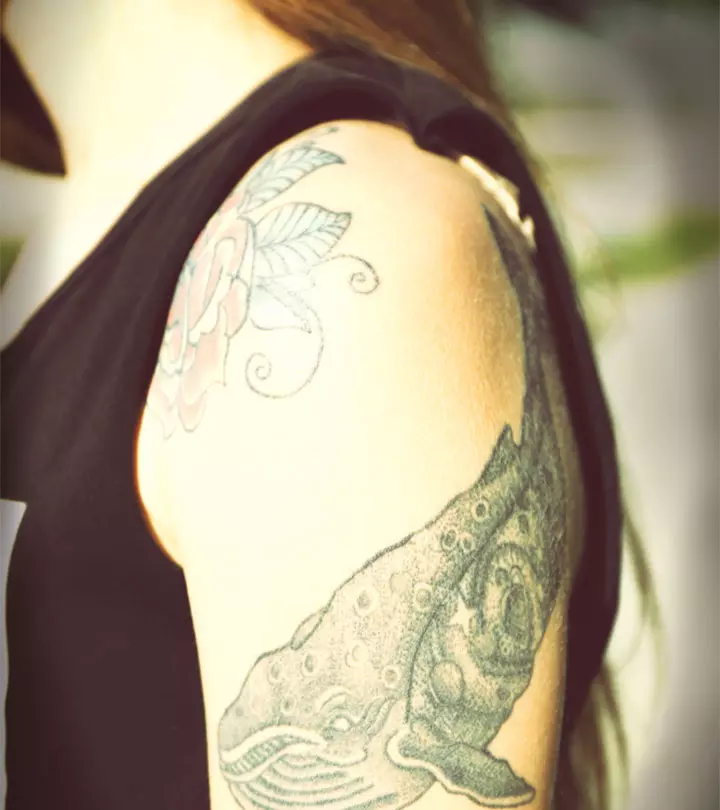

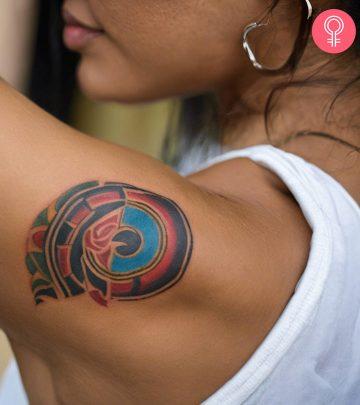
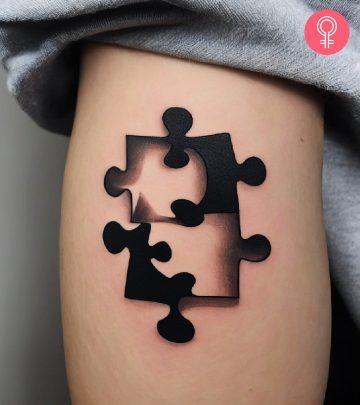
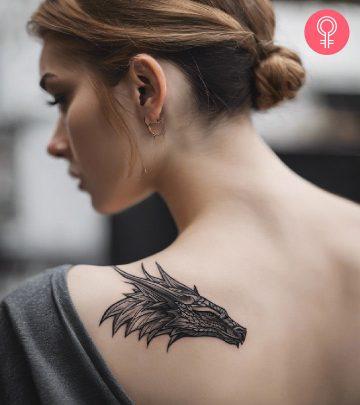
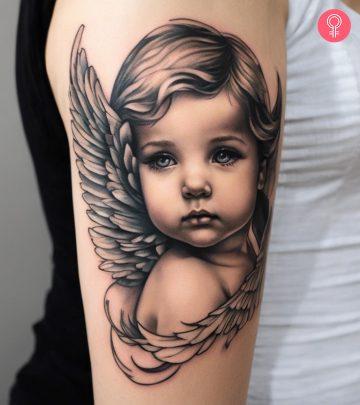

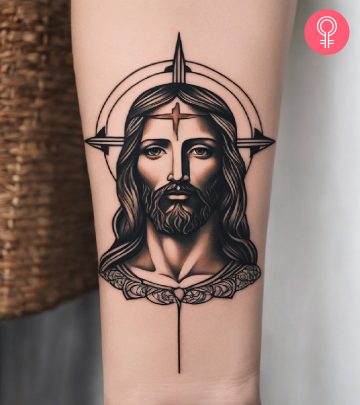
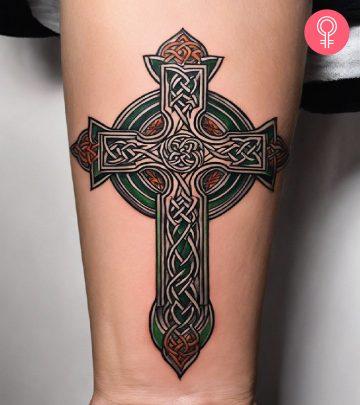



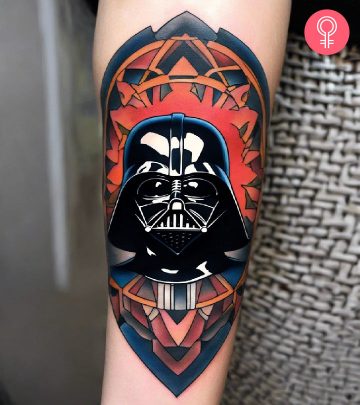


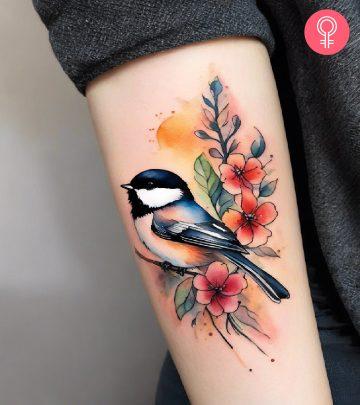
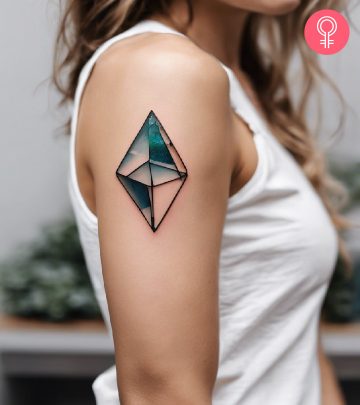
Community Experiences
Join the conversation and become a part of our empowering community! Share your stories, experiences, and insights to connect with other beauty, lifestyle, and health enthusiasts.